NVIDIA RTX 4080
Rated: 8.8/10
AMD RX 6950 XT
Rated: 8.4/10
Pros And Cons
| GPU | Pros | Cons |
|---|---|---|
| NVIDIA RTX 4080 | ✅Higher clock speeds, more cores. ✅Faster RAM type (GDDR6x). | ❌Availability issues. ❌Limited software optimizations. |
| Radeon RX 6950 XT | ✅Hardware-based frame upscaling. ✅Smaller physical size. | ❌Higher temperatures. ❌Lack of AI-based frame upscaling. |
- In our RTX 4080 Vs RX 6950 XT benchmarks, the Nvidia RTX 4080 consistently outperforms AMD RX 6950 XT in various games, delivering significantly 24.3% higher FPS across the board.
- Despite better performance, the RTX 4080 maintains similar temperatures compared to the RX 6950 XT, showcasing 2.6% efficient heat management.
- We researched and found that the RTX 4080 starts at $1100, while the RX 6950 XT is available for around $650, with premium versions costing more.
- For top-tier performance, we recommend the RTX 4080. However, for budget-conscious gamers or those not yet in 4K gaming, we prefer the RX 6950 XT as it offers a compelling option.
RTX 4080 Vs RX 6950 XT – Comparison Table
| Technical Specs | NVIDIA RTX 4080 | AMD RX 6950 XT |
|---|---|---|
| GPU | AD103-300 | Navi 21 |
| Architecture | ADA Lovelace | RDNA 2.0 |
| GPU Cores | 9728 | 5120 |
| Memory Speed | 22.4 Gbps | 18 Gbps |
| Bandwidth | 716.8 GB/s | 576 GB/s |
| RT Cores | 76 | 80 |
| Best Variants | Best RTX 4080 Graphic Cards | - |
Architectural Differences
- Process Node: The 6950 XT is built on a 7nm process node, while the 4080 utilizes a 4nm process node. This allows for smaller chip size and higher transistor density, resulting in better performance and efficiency.
- VRAM: Both GPUs sport 8GB GDDR6 memory. RTX 4080 offers faster 716.8 GB/s bandwidth with a 256-bit bus, while 6950 XT delivers 576.0 GB/s with a 256-bit bus. This means the 4080 has an advantage in memory speed and bandwidth.
- Ray Tracing and Tensor Cores: The RTX 4080 boasts dedicated hardware for ray tracing and AI-powered deep learning tasks through its Tensor Cores. In contrast, the RX 6950 XT does not have dedicated Ray Tracing or Tensor Cores but uses its general compute cores for these tasks.
- Clock Speed: The 6950 XT features lower core and memory clocks (Base: 1860 MHz, Boost: 2310 MHz) compared to the RTX 4080 (Base: 2205 MHz, Boost: 2505 MHz). However, the 6950 XT does have a higher memory bandwidth of 23Gbps compared to the RTX 4080’s 21Gbps. This could result in slightly slower performance in certain tasks for the RX 6950 XT.
- TDP: RX 6950 XT has a slightly higher TDP at 335 watts compared to RTX 4080’s 320 watts, indicating potential differences in efficiency and thermal management. This could affect the overall performance and power consumption of the cards.
Whether you like NVIDIA or AMD better, we’re here to help you decide which card is best for you: RTX 4080 Vs RX 6950 XT. Come with us as we break down the details of these graphics cards, test them with different games, and look at things like how hot they get, how much they cost, and if you can even find them to buy.
RTX 4080 Vs RX 6950 XT – Gaming Benchmarks
Now, we’ll be conducting tests at 4K resolution because we believe that’s the kind of performance they are supposed to deliver at such a high price point.
Testing Rig
- CPU: Intel Core i5-13600K
- CPU Cooler: Deepcool Assassin II CPU Cooler
- Memory: XPG Lancer RGB 32GB 7200MHz DDR5 Ram
- Storage: Sabrent Rocket 4 Plus 1TB NVMe SSD
- Motherboard: MSI Z790 Tomahawk Max WiFi Motherboard
- PSU: DeepCool PX1000P 80 PLUS Platinum
God of War

- While playing God of War, the RTX 4080 consistently keeps the FPS count to 108 FPS, offering smoother gameplay compared to the RX 6950 XT’s 78 FPS.
- When it comes to the Low 1% FPS, the RX 6950 XT shows alarming numbers as low as 2 FPS, while the RTX 4080 gets to 93 FPS.
Cyberpunk 2077

- In my session of Cyberpunk 2077, the RX 6950 XT managed to maintain around 46 FPS, while the RTX 4080 fared better, hovering around 71 FPS.
- The RX 6950 XT showed considerable difficulty, barely achieving 2 FPS, and the RTX 4080 got to 54 FPS, talking about the Low 1%.
Assassin’s Creed Valhalla

- Playing AC Valhalla, both GPUs had a tough time. The RX 6950 XT only managed about 70 FPS, while the RTX 4080 did better with around 89 FPS.
- When it came to 1% lows, both the RX 6950 XT and RTX 4080 struggled, barely hitting 2 FPS.
Watch Dogs Legion

- In my Watch Dogs Legion session, the RX 6950 XT went to about 64 FPS, while the RTX 4080 was doing a bit better at around 87 FPS.
- When we looked at those 1% lows, the RX 6950 XT was struggling, barely scraping by at 4 FPS, while the RTX 4080 managed a solid 70 FPS.
Red Dead Redemption 2

- Playing the Red Dead Redemption 2, the RX 6950 XT maintained a steady 74 FPS, while the RTX 4080 performed better, cruising at around 103 FPS.
- When it came down to the 1% lows, the RX 6950 XT had a tough time, barely reaching 15 FPS, whereas the RTX 4080 managed a good 72 FPS.
Doom Eternal

- While playing Doom Eternal, the RX 6950 XT held its ground with 193 FPS, but the RTX 4080 stole the show, maintaining an impressive 234 FPS.
- Talking about 1% lows, the RX 6950 XT struggled at 3 FPS, while the RTX 4080 maintained an impressive 183 FPS.
Horizon Zero Dawn

- In Horizon Zero Dawn gaming session, the RX 6950 XT got to 85 FPS, but the RTX 4080 outperformed it, cruising at an impressive 114 FPS.
- However, in 1% lows, the RX 6950 XT faltered at a mere 5 FPS, while the RTX 4080 stayed strong at 84 FPS.
Overall Gaming Performance
| Featured | RX 6950 XT | RTX 4080 |
|---|---|---|
| Average FPS | 90📈 | 115📈 |
| %1 lows | 8.72📉 | 79.7📉 |
| Winner: NVIDIA's RTX 4080 | ||
When we look at the overall gaming performance based on the production of frames, it is clear that NVIDIA RTX 4080 has the upper hand with 115 FPS on average. It was able to outperform AMD RX 6950 XT’s 90 FPS on average. It comes out to be a difference of almost 24.3%.
Thermal Performance
| Featured | RX 6950 XT (°C) | RTX 4080 (°C) |
|---|---|---|
| Average Temperature | 77🌡️ | 75🌡️ |
| Winner: NVIDIA's RTX 4080 | ||
When it comes to NVIDIA RTX 4080 vs AMD Radeon RX 6950 XT heat management, the average temperature on NVIDIA GPU remained close to 75°C in our gaming benchmarks. AMD RX 6950 XT wasn’t too far away, with 77°C as the average temperature, proving the thermal factor to be inconsequential.
Pricing And Availability
| GPU | MSRP | Current Price |
|---|---|---|
| RX 6950 XT | 💲1099 | 💲650 |
| RTX 4080 | 💲999 | 💲1100 |
| Difference | 9.5% | 51.4% |
The launching price of these GPUs was 9.5%. But, as per our research, there is a massive difference of 51.4% between their current prices, the RX 6950 XT being the economical GPU out of the bunch. The availability of old NVIDIA cards can always be questionable due to their demands in different fields.
Final Verdict – What We Recommend?
NVIDIA RTX 4080: The RTX 4080 consistently outperforms the AMD RX 6950 XT across various gaming benchmarks, boasting a significant 24.3% lead in average FPS. Despite its superior performance, the RTX 4080 maintains similar temperatures to the RX 6950 XT, showcasing efficient heat management.
AMD RX 6950 XT: Although the RX 6950 XT provides competitive performance, it falls short in benchmarks compared to the RTX 4080. However, it presents a more budget-friendly option, with a starting price of around $650.
The RTX 4080 comes at a higher price point but delivers unparalleled gaming experiences for users seeking top-tier performance. For budget-conscious gamers or those not prioritizing maximum performance, the AMD RX 6950 XT provides a compelling alternative.
FAQs
No, this card is based on RDNA 2 architecture.
No, the frame upscaling on RX 6950 XT is hardware-based, which is not as good as DLSS3 on NVIDIA RX 4080.
No, AMD RX 6950 XT is smaller than RX 4080 from NVIDIA. The length of RTX 4080 is 310 mm whereas RX 6950 XT is 267 mm long.
More from NVIDIA RTX 4080
More From RX 6950 XT
Thank you! Please share your positive feedback. 🔋
How could we improve this post? Please Help us. 😔
[Comparisons Expert]
Abdemanaf is a skilled creative writer who has been honing his craft since 2011. While initially working in different fields, he found a passion for technology and has been exploring the tech world since early 2015. Over the years, he has developed an in-depth knowledge of the latest tech trends and product offerings by various companies.
Abdemanaf’s writing reflects his analytical mindset and ability to think critically. He has a knack for breaking down complex technical information into easily digestible pieces, making his articles engaging and accessible to readers from all backgrounds. In February 2022, he joined Tech4Gamers as a blog and product comparison writer, where he has been able to hone his skills further.
As a writer, Abdemanaf is dedicated to staying up-to-date with the latest technological advancements and trends, enabling him to provide readers with the most relevant and accurate information. He is always eager to learn more and is constantly seeking new challenges to improve his skills.
Get In Touch: manaf@tech4gamers.com



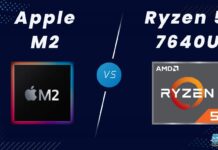
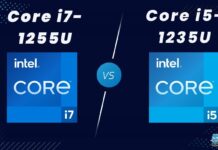
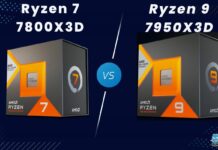
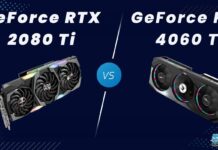
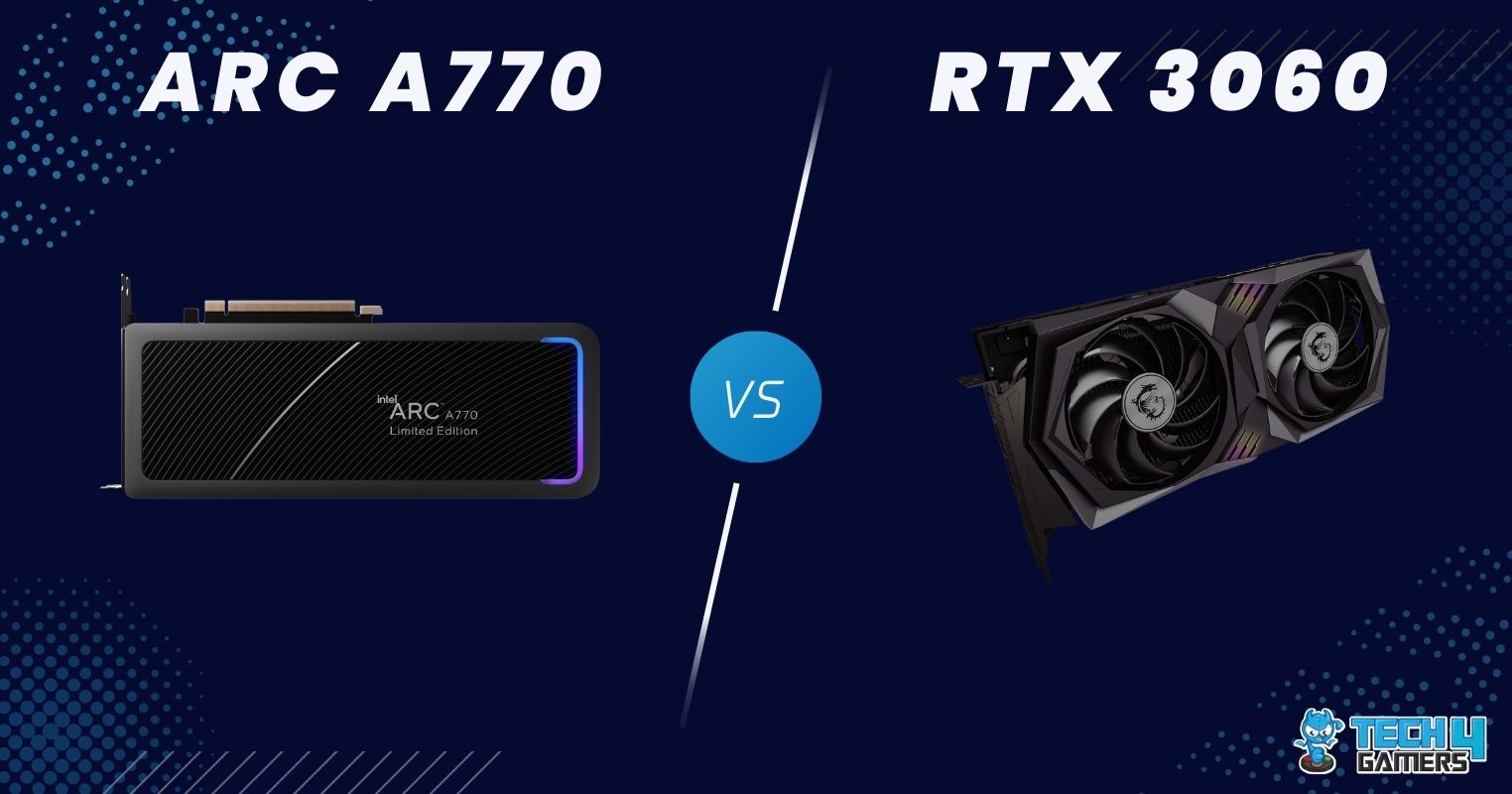
Feedback By: